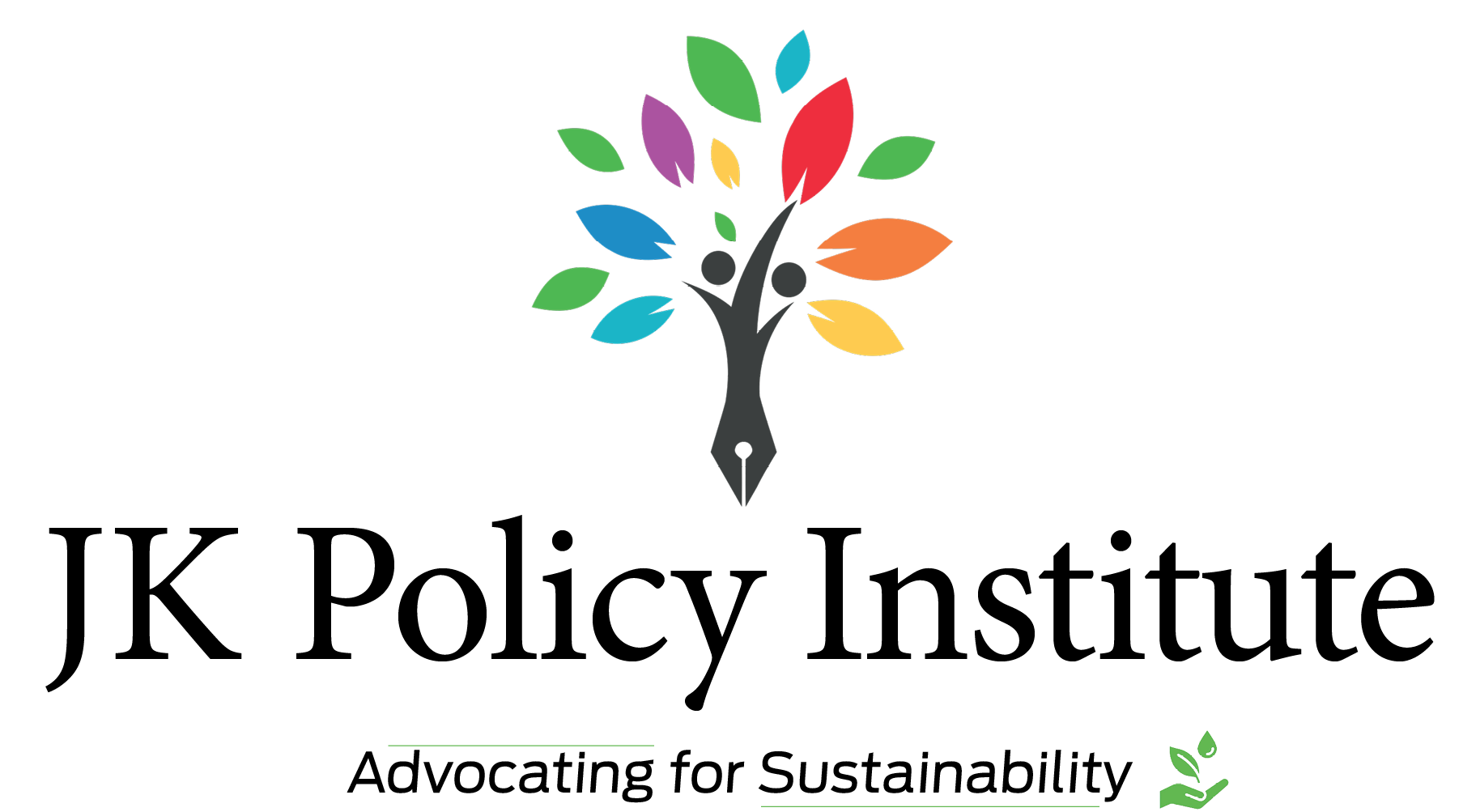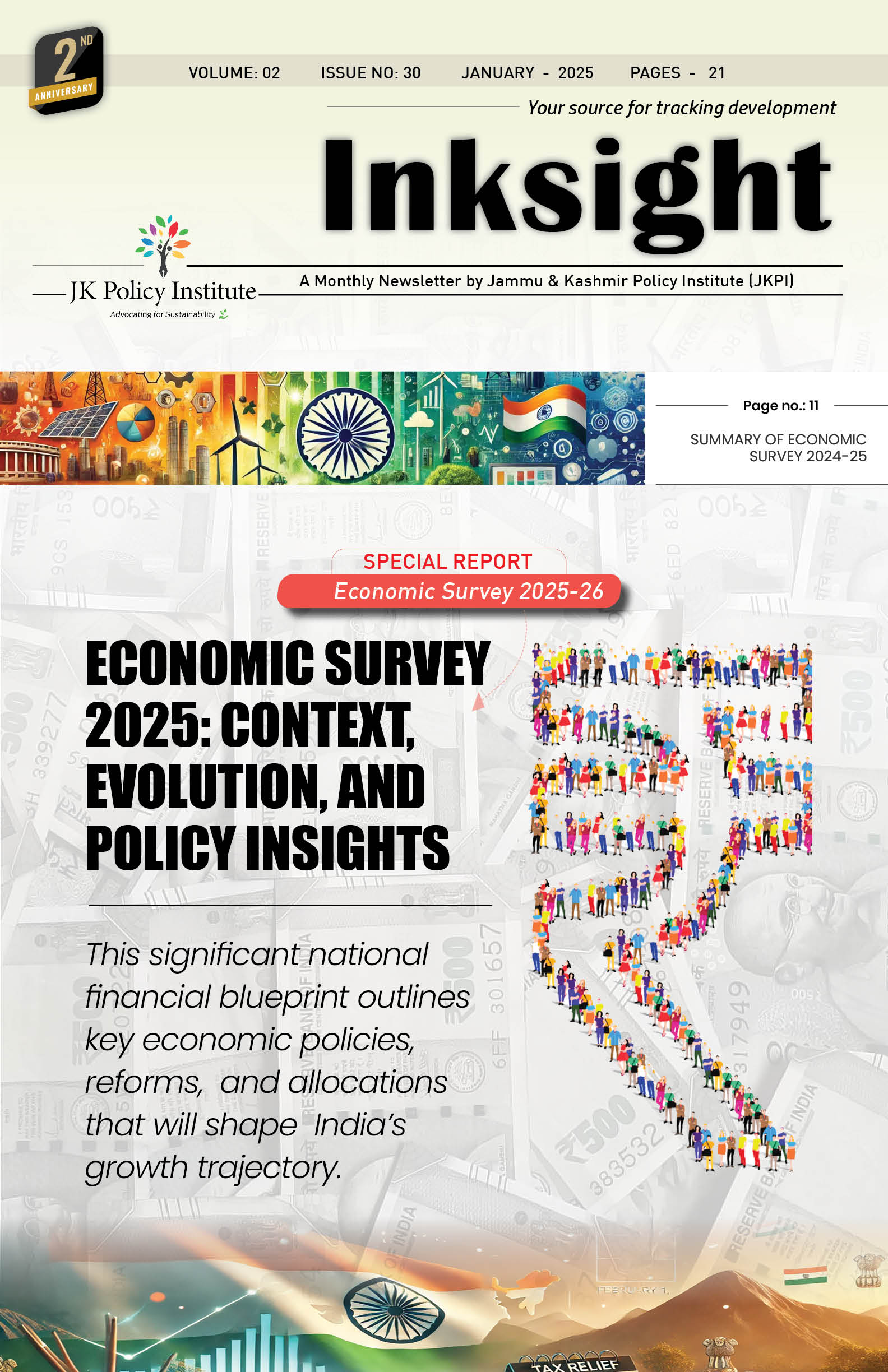Abstract
Post-war regions often face the challenge of rebuilding infrastructure while striving for lasting peace. Traditional conflict resolution strategies tend to overlook root causes such as resource scarcity and social inequality. Strategic Sustainable Development (SSD) integrates environmental, social, and economic sustainability into post-conflict reconstruction, fostering long-term stability. Through case studies from Rwanda, Bosnia and Herzegovina, and Colombia, SSD’s role in building resilience and preventing future conflict is demonstrated. Despite challenges like political will, resource constraints, and security concerns, SSD offers a promising foundation for sustainable peace.
Introduction
Reconstructing societies after conflict is a critical and complex process that goes beyond merely restoring physical infrastructure. While rebuilding roads, homes, and institutions is necessary, true recovery requires addressing the deeper, underlying factors that fueled the conflict in the first place. Traditional post-conflict strategies, which often focus on political solutions like peace treaties, ceasefires, or peacekeeping missions, are sometimes insufficient in tackling these root causes. These methods may restore temporary stability but do little to resolve the persistent issues of inequality, resource scarcity, social divisions, and environmental degradation that often drive conflict. In this context, Strategic Sustainable Development (SSD) offers a comprehensive approach to post-war reconstruction. SSD integrates the principles of environmental conservation, social justice, and economic development, working together to not only rebuild but also to resolve the fundamental issues that perpetuate conflict. By focusing on long-term sustainability, SSD seeks to address the environmental destruction caused by war, promote equitable social structures that prevent future violence, and foster economic opportunities that can support peaceful societies.
This article explores how SSD can serve as a transformative tool in post-conflict settings, facilitating not just recovery but the creation of a foundation for lasting peace. The approach balances the urgent need for immediate rebuilding with the need for long-term strategies that ensure future generations are equipped to sustain peace and prosperity. By embedding sustainable practices into every aspect of reconstruction, SSD aims to foster a holistic and enduring peace, addressing both immediate needs and long-term challenges in post-war regions.
The Role of Strategic Sustainable Development in Post-War Reconstruction
SSD focuses on present needs without compromising the future, aiming for long-term peace through three primary pillars: environmental sustainability, social equity, and economic development.
- Environmental Sustainability: In resource-rich regions, conflicts often arise from environmental degradation and competition for scarce resources. Post-conflict regions face challenges such as deforestation and pollution. Integrating environmental sustainability into reconstruction can help manage resources responsibly, preventing future conflicts. Reforestation, water management, and ecosystem protection are key initiatives.
- Social Equity: Conflict is often fueled by social inequality, whether ethnic, religious, or economic. SSD prioritizes inclusive development, ensuring all community members have access to resources and opportunities. In post-conflict regions, addressing gender inequality, human rights, and social justice promotes healing and reduces the risk of further conflict.
- Economic Development: A war-torn economy is often plagued by high unemployment and low productivity. SSD promotes inclusive, environmentally sound economic growth by investing in sectors such as renewable energy, sustainable agriculture, and local entrepreneurship. These initiatives create jobs, stimulate recovery, and ensure equitable distribution of wealth, addressing the economic causes of conflict.
The Nexus Between SSD and Conflict Resolution
The relationship between Strategic Sustainable Development (SSD) and conflict resolution lies in its capacity to address the underlying drivers of conflict—particularly resource competition, social divisions, and economic instability. By targeting these root causes, SSD fosters a more holistic approach to rebuilding post-conflict societies, promoting long-term peace and stability.
- Preventing Resource-Based Conflicts: A significant source of conflict, especially in post-war regions, stems from the scarcity and mismanagement of essential resources, such as land, water, and energy. SSD advocates for the sustainable use and management of these resources to prevent tensions and disputes that can fuel further violence. By implementing practices like land restoration, watershed management, and the preservation of natural ecosystems, SSD ensures the equitable distribution and longevity of resources. These practices not only safeguard natural capital for future generations but also reduce competition for increasingly scarce resources, diminishing the likelihood of resource-driven conflicts.
- Building Social Cohesion: Many post-conflict societies are fragmented, often along ethnic, religious, or socio-economic lines. SSD plays a crucial role in fostering social cohesion by promoting inclusive, community-driven development. This approach encourages local participation, ensuring that all groups—especially marginalized communities—have a voice in the reconstruction process. Additionally, SSD emphasizes the importance of education, which helps break down barriers, heal societal rifts, and build a shared vision of the future. Social programs designed to address past injustices, such as truth and reconciliation commissions, are integral to SSD, as they promote healing by acknowledging historical grievances, facilitating dialogue, and rebuilding trust among diverse social groups.
- Economic Stability as a Peace Dividend: Economic instability is a major driver of conflict, particularly in societies emerging from war. SSD fosters economic stability by creating diversified and resilient economies that offer opportunities for all, helping to mitigate the risk of future conflict over economic issues. This is achieved by focusing on the development of key sectors such as infrastructure, healthcare, education, and green industries, which not only stimulate economic growth but also ensure that the benefits of development are widely shared. By addressing unemployment, improving access to services, and promoting entrepreneurship, SSD reduces inequality and creates a more equitable economic environment. These efforts contribute to long-term stability by ensuring that economic opportunities are accessible to all segments of society, thus preventing economic disparity from becoming a source of future conflict.
Case Studies of SSD in Post-War Regions
- Rwanda: Following the 1994 genocide, Rwanda focused on sustainable development, including reforestation, renewable energy, and gender equality. These efforts have contributed to both environmental restoration and social cohesion, aiding the country’s recovery and stability.
- Bosnia and Herzegovina: After the 1990s wars, Bosnia and Herzegovina adopted SSD principles in its reconstruction efforts, emphasizing economic recovery and social integration. Sustainable agriculture, renewable energy projects, and local entrepreneurship have helped promote peace in a region still recovering from deep ethnic divisions.
- Colombia: The peace agreement between the Colombian government and the FARC in 2016 emphasized sustainable rural development, land restitution, and environmental protection. These initiatives, including sustainable agriculture and forest protection, have contributed to integrating peace into the development agenda.
Challenges and Limitations
While Strategic Sustainable Development (SSD) presents considerable promise for post-conflict reconstruction, its practical application in these regions is often met with several obstacles:
- Political Will: Achieving the necessary commitment from both local and international stakeholders is crucial for the success of SSD, yet it is often one of the most difficult challenges. In post-conflict societies, where political stability is fragile, governments and international organizations may be hesitant to prioritize long-term sustainable development due to immediate concerns such as power struggles, economic recovery, and security. In politically unstable environments, the lack of cohesive leadership and the presence of competing political agendas can delay or derail SSD initiatives, even if they are vital for lasting peace and stability.
- Resource Constraints: Post-conflict regions frequently face severe limitations in resources, which can significantly hinder the successful implementation of large-scale SSD projects. Both human and financial resources are often scarce, and the pressure to address immediate needs—such as providing food, shelter, and basic healthcare—can overshadow the importance of sustainable development. Furthermore, political pressures can influence how funds are allocated, with international aid often being diverted to more urgent short-term relief efforts rather than long-term development goals. In addition, there may be a shortage of technical expertise needed to design and implement SSD initiatives, further complicating efforts to integrate sustainability into reconstruction plans.
- Security Concerns: Security is a persistent issue in many post-conflict areas, and the ongoing threat of violence or political instability can create an environment where SSD initiatives are difficult, if not impossible, to implement. Reconstruction efforts require a stable security situation to be successful, as development projects can be undermined by insurgent activities, civil unrest, or even the risk of a relapse into conflict. Without the assurance of safety for project workers, investors, and local communities, efforts to establish sustainable infrastructure, promote social inclusion, and foster economic growth may be delayed or even abandoned altogether. Additionally, insecurity can limit access to affected regions, making it harder for aid organizations and governments to deliver much-needed resources and support for SSD programs.
Conclusion
Strategic Sustainable Development provides a comprehensive approach to conflict resolution in post-war regions. By addressing the underlying causes of conflict, such as resource scarcity, social inequality, and environmental degradation, SSD fosters long-term peace and stability. Despite challenges, SSD offers a promising framework for building resilient and sustainable societies in post-conflict environments.
References
-
Sachs, J. D. (2015). The Age of Sustainable Development. Columbia University Press.
-
United Nations Development Programme (UNDP). (2009). Human Development Report: Overcoming Barriers – Human Mobility and Development. UNDP.
-
UNEP. (2014). Post-Conflict Environmental Assessment: A Guide to the Process. United Nations Environment Programme.
-
World Bank. (2011). World Development Report 2011: Conflict, Security, and Development. The World Bank.



Leave a Reply
You must belogged in to post a comment.